
Below you will find a collection of fact sheets, content essays, and stories from our explorers on board bioluminescence expeditions featured on the OceanExplorer.NOAA.gov website.
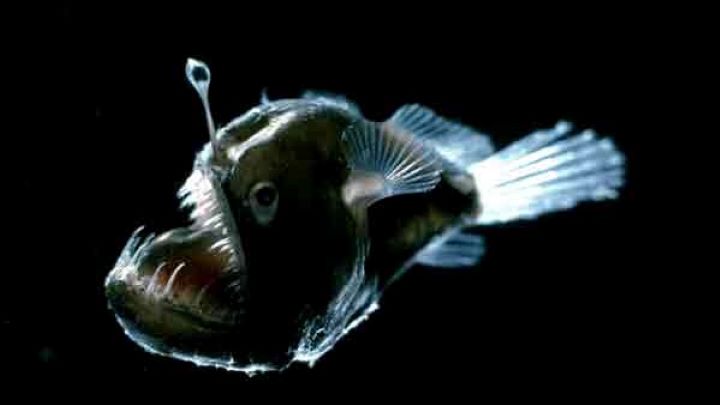
Fact Sheet. Bioluminescence is a form of chemiluminescence, which is the production of visible light by a chemical reaction. Scientists call the process “bioluminescence” when the reaction occurs in living organisms.
Read more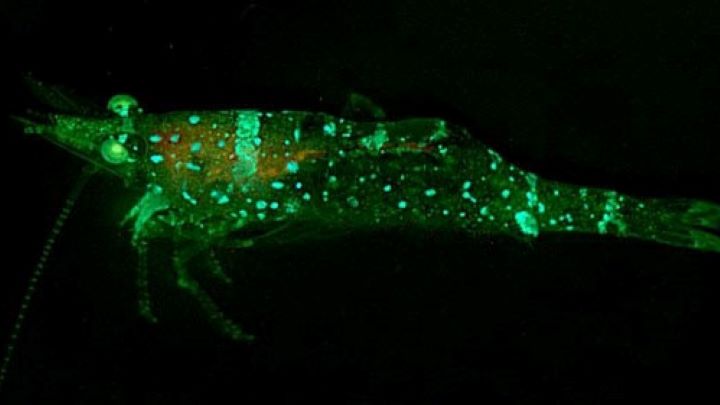
Fact Sheet. Several deep-sea organisms have the ability to produce light, an important adaptation for surviving life in the midnight zone. Learn about the different processes these organisms use to “glow” in the dark.
Read more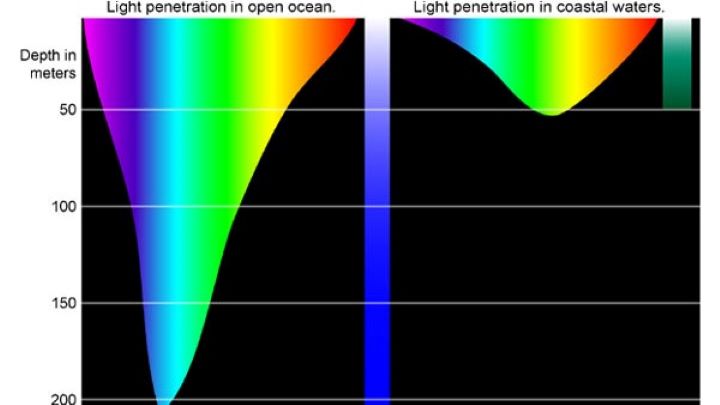
Fact Sheet. The amount of light and visible colors change as you dive deeper beneath the ocean’s surface. Explore the relationship between the wavelength of light, energy, and color in the deep sea..
Read more
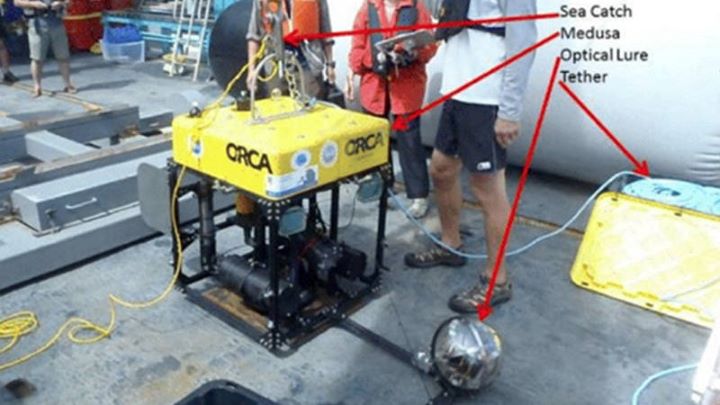
Ocean Exploration Note. Studying bioluminescence in the ocean is difficult. Learn how the Medusa, a specially designed stealth camera system, helps scientists observe light and life in the deep ocean.
Read more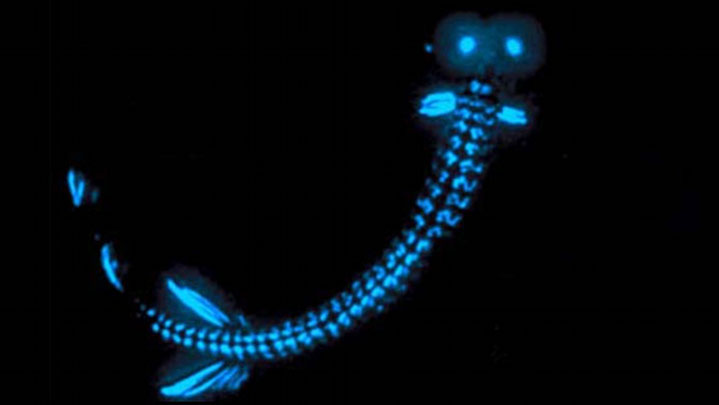
Ocean Exploration Fact. Learn more about bioluminescence, or the ability of an organism to create light. One of nature’s most amazing phenomena, bioluminescence is seemingly drawn more from science fiction than science and natural history.
Read more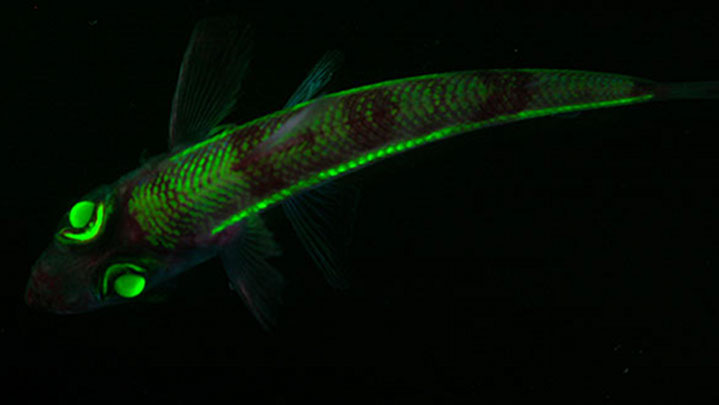
Ocean Exploration Fact. While deep areas of the ocean are almost completely dark, light still plays an important role in these environments. In this essay, learn how living organisms can produce their own light via bioluminescence, fluorescence, and phosphorescence.
Read more
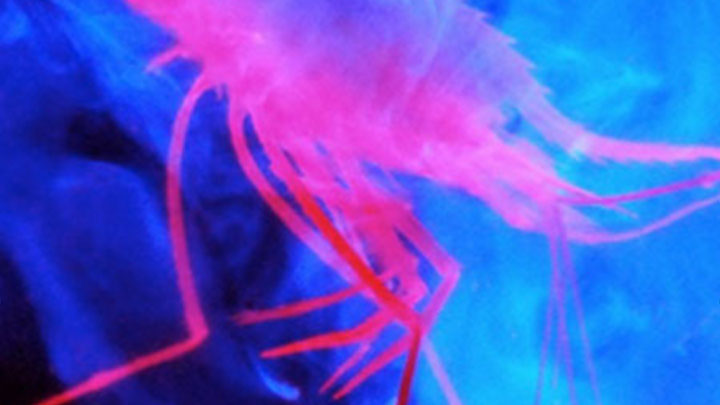
From the Bioluminescence and Vision on the Deep Seafloor 2015 expedition. In the ocean, most types of animals – ranging from bacteria to sharks – include bioluminescent members. This essay discusses the chemistry, mysteries, distribution, and evolution of bioluminescence and shares many of the associated questions about bioluminescence that have yet to be answered.
Read more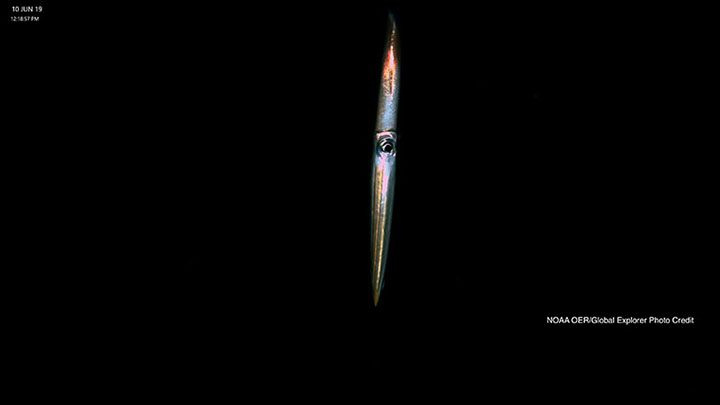
One of the most striking adaptations of predatory fishes of the deep is the astounding variety of bioluminescent “lures” that fishes use to attract prey.
Read more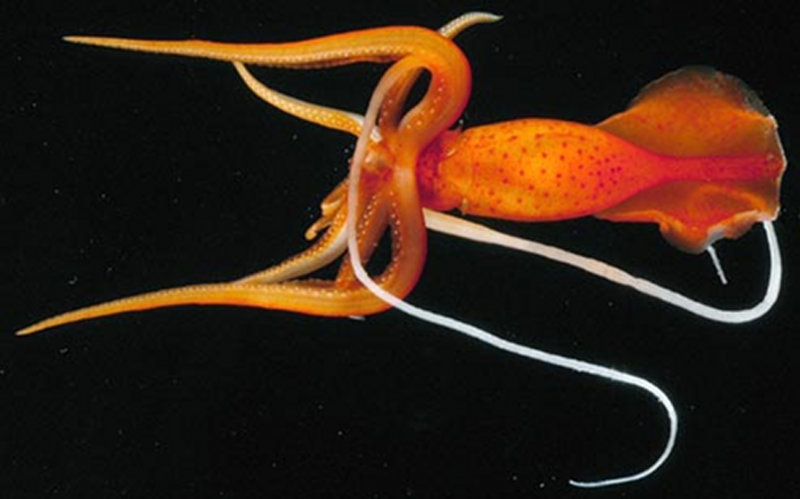
There are a variety of adaptations, from bioluminescence, transparency, and dark coloration, to gelatinous bodies that cephalopods employ to survive in the dark world below 1,000 meters.
Read more
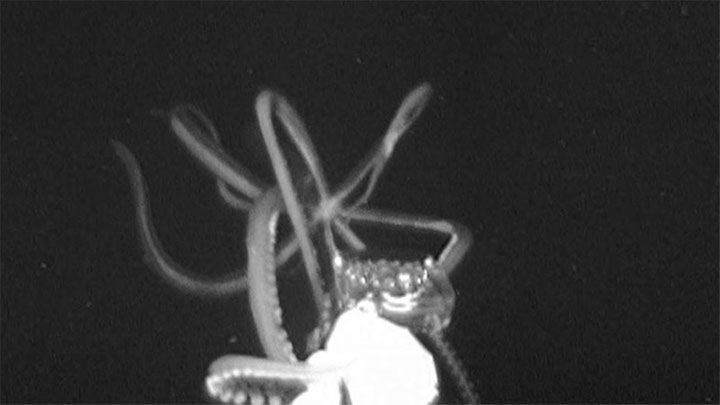
And then he saw it, a large tubular animal off on the corner of the screen, looking as if it was hunting the e-jelly. The next short video showed the same thing. Then, in the third video, the tubular animal revealed an enormous set of arms and tentacles coming in to attack the e-jelly.
Read more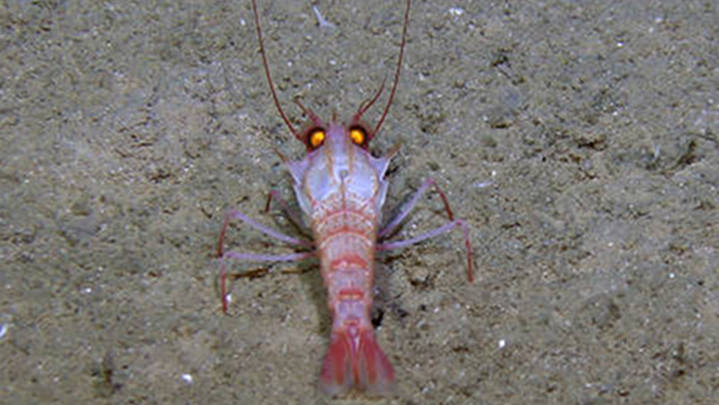
From the Bioluminescence and Vision on the Deep Seafloor 2015 expedition. Vision and bioluminescence play important roles in deep-sea organisms' survival, so it is important to identify the specifics of how these organisms "see." In this essay, scientists describe the physiological and molecular experiments used to better understand vision in a pitch black environment.
Read more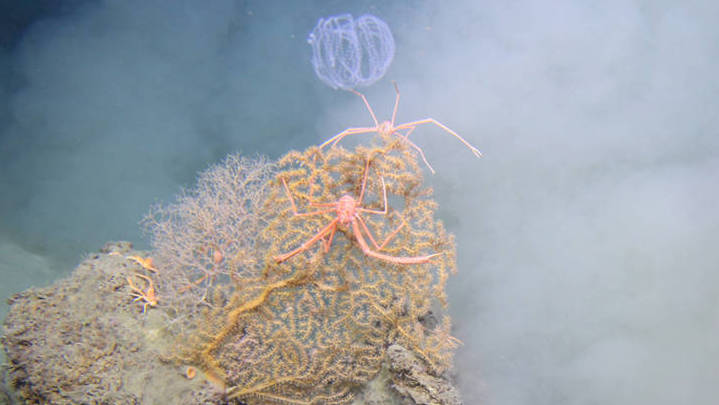
From the Bioluminescence and Vision on the Deep Seafloor 2015 expedition. In this essay, an explorer tells of the excitement of being on a deep-sea shrimp hunt and her attraction to the mystery, challenges, and unknowns of what is truly the last unexplored frontier on Earth.
Read more
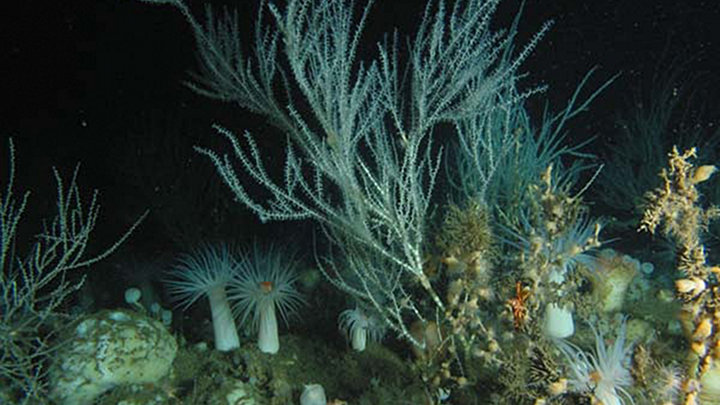
From the Operation Deep Scope 2004: Seeing with "New Eyes" expedition. Look beneath the ocean’s surface, and you are immediately aware of how water transforms light. In this essay, learn how light conditions affect animals in the deep ocean and about their remarkable adaptations to survive in an environment devoid of sunlight.
Read more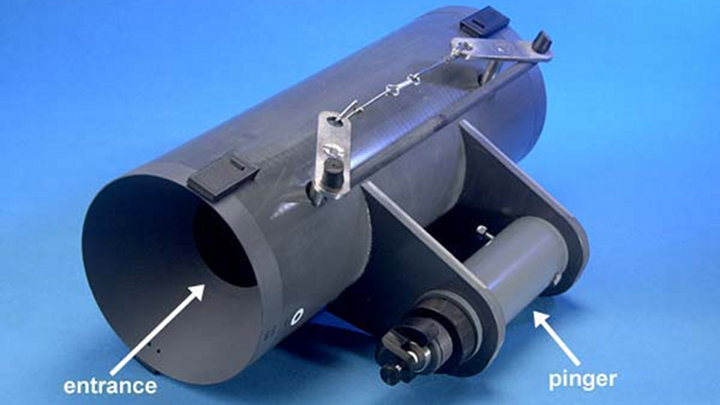
From the Islands in the Stream 2002: Exploring Underwater Oases expedition. Many deep-sea benthic animals have very large eyes, but the sensitivity level of these eyes, as well as what they are used for, has remained a mystery. Scientists hypothesize that the huge eyes of deep-sea benthic creatures are adapted for viewing bioluminescence but little is known about bioluminescence on the deep seafloor, and we know virtually nothing about the visual systems of deep-sea inhabitants.
Read more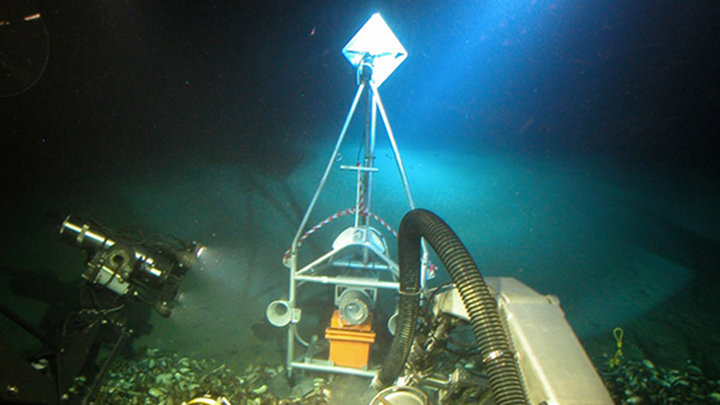
From the Bioluminescence 2009: Living Light on the Deep-sea Floor expedition. To observe bioluminescence unobtrusively in different seafloor habitats, scientists deployed the Ocean Research and Conservation Association (ORCA) camera system, called Eye-in-the-Sea.
Read moreThe above items are only a selection of the educational materials highlighting bioluminescence on our website.
View More